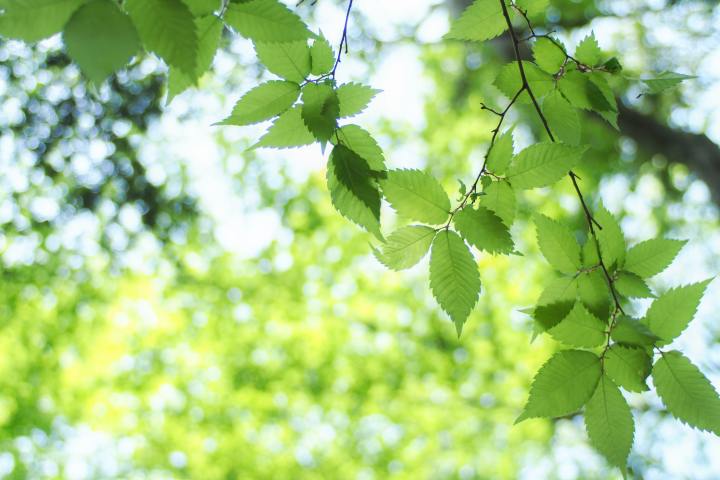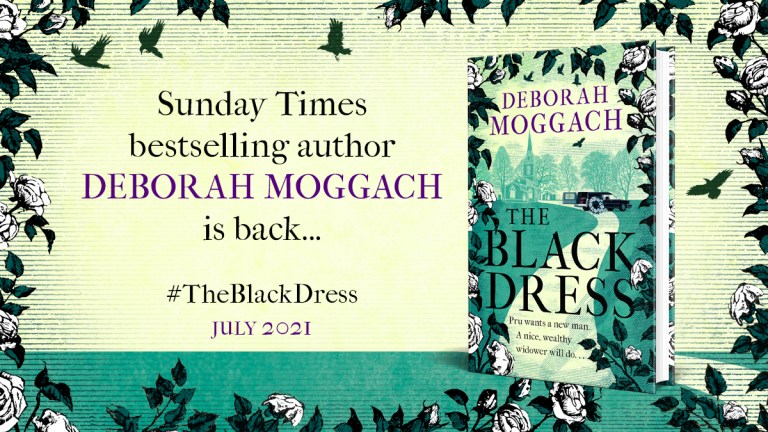Autumn 2017
With Tulip Fever’s imminent release in the UK, here’s a piece I wrote for the Hollywood Reporter (the film has already been released in the USA and other territories). At the time of writing (Sept 8) we still don’t have a firm date for the UK, a source of some frustration. Anyway, here’s the article:
It all started twenty years ago when I bought a painting at auction – a Dutch painting, dating from Vermeer’s era, of a woman getting ready to go out. Her maid was bringing her a necklace, her manservant was bringing her a glass of wine. Something in her expression intrigued me. She looked as if she was off on an assignation – something illicit, something furtive.
I hung her in my sitting room and gazed into her face. There was a story behind there somewhere. I longed to step into the painting, into her life, and disappear into those rooms with their chequerboard floors and marble fireplaces. So I decided to write a novel about an adulterous love affair set in Amsterdam during the Golden Age.
When I started my research I discovered that something extraordinary happened around 1636. The whole country was gripped by a craze for gambling on tulip bulbs – “Tulip mania”, it was called. Huge fortunes were made and lost as people made bets on what colour the blooms would be – the most valuable being “broken” or striped petals. It was the first great speculative bubble, a foretaste of the dot-com and property bubbles, and I thought it would make a marvelous plot for a novel, demonstrating, as it did, the human capacity for self-deception, greed, and lust for beauty.
So I made up a story about an elderly merchant, his trophy wife and a handsome young artist who arrives to paint their portrait. He falls in love with the wife, Sophia, and they decide to run away together, gambling on tulip bulbs to make their fortune. It all goes disastrously wrong.
The moment I’d finished writing my novel ‘Tulip Fever’ the phone rang. It was Steven Spielberg, speaking from his car. Within days he’d snapped up the movie rights and I was flying to Hollywood for a script meeting. My great adventure had begun.
Events moved fast and soon the movie was in pre-production. It was to be a $48 million film, the biggest UK film of the year. Tanks were sunk to create the canals of Amsterdam, sets were built, the stars assembled – Keira Knightley, Jim Broadbent and Jude Law. 12,000 tulips were planted, for their roles in the drama. It was thrilling beyond belief.
And then, a few days before it was due to start shooting, the British Chancellor, Gordon Brown, suddenly closed a tax loophole for funding movies and the film collapsed. Scores of talented people lost their jobs. The only survivors were some of those 12,000 tulips, which I gave to my neighbours in London. They planted them in their gardens and each spring I watched my horticultural cast burst into bloom – a bittersweet sight.
It took many years for the film to be resurrected, this time with Harvey Weinstein in charge. The whole laborious process began all over again. Another vast canal was dug, this time in Kent. The cloisters of Norwich Cathedral were transformed into tulip beds. Pinewood Studios were magicked into the most beautiful Dutch interiors, smokey rooms hung with paintings, sunlight streaming through the windows and pewter mugs on the shelves.
A new director, Justin Chadwick, came on board, Tom Stoppard and I wrote the script and a new cast was assembled – Alicia Vikander as the young wife, Christoph Waltz as her husband, Dane Dehaan as the sexy young painter and Judi Dench as a tulip-obsessed abbess. Other players included Tom Hollander, Cara Devigne, Jack O’Connell and Holliday Grainger.
I’ve always been an extra in my own films. Writing’s a solitary business and I’m pathetically eager to become part of a gang. Besides, actors are invariably charming and call one “darling”. So I nabbed the part of an old crone sitting in a tavern, puffing on a clay pipe and drinking a glass of beer – a role to which I’m only too well suited.
So one thrilling morning, at Pinewood Studios, I dressed up in costume and finally fulfilled my dream. I walked into a Dutch painting – the most beautiful interior, straight out of a Vermeer painting. Or indeed my own. Events had come full circle.
Movie-making is beset with the most monumental obstacles. I’m always amazed that anything manages to get made at all. Our ‘Tulip Fever’ has had a rockier ride than most, and even after its completion there have been further obstacles to its release. Actors’ commitments, publicity schedules, distribution setbacks – it seems there’s always been yet another hurdle after the very last one. But, like childbirth, this pain will soon be forgotten, for the end result is worth the wait – it’s truly a glorious film, and a tribute to one of the more bizarre episodes in human history.
Anyway, I’ve been busy writing other things – principally a novel, which I’ve halted while I write a script about a D Day veteran. It’s been a weird summer, hasn’t it? The world seems in such a tumultuous state that trying to work feels like attempting to peg a tent in a howling gale. In fact, writing about D Day is quite a relief, after tackling contemporary life – though hardly a relief for those involved. My father was a fighter pilot during the last years of the War, when life expectancy was nineteen days. Difficult to resume a normal life after that.
On a cheerier note, I’m hosting a Best Exotic Marigold tour of Rajasthan in November, where we visit several of the locations and stay in the hotel where the movie was filmed. For an Indian take on death and hospitality, do try and see Hotel Salvation. It’s set in a shabby hotel in Varanasi, where guests arrive to die – and is a lot more life-affirming than it sounds.
Do email me if you fancy, it would be great to hear from you. moggachdeborah@gmail.com






